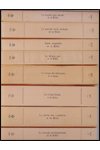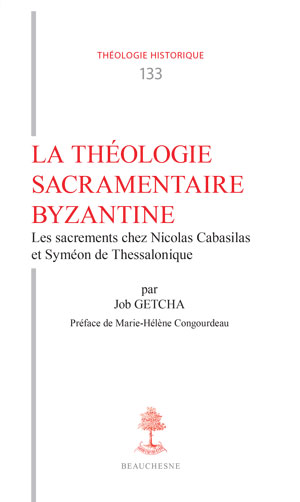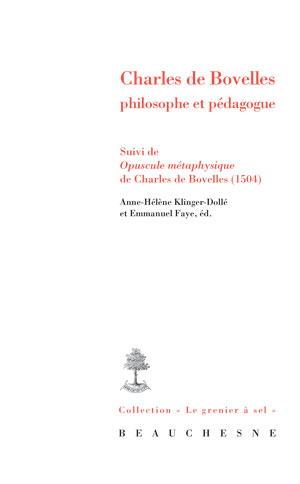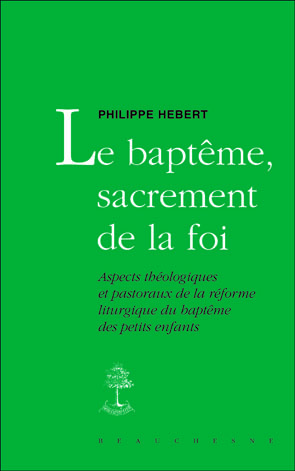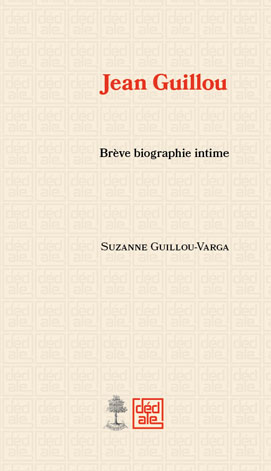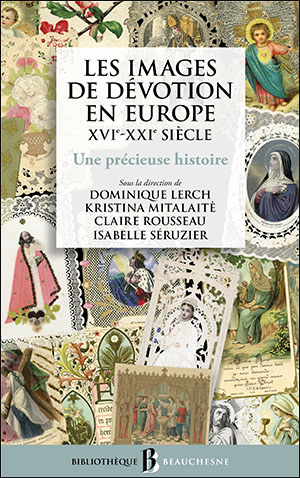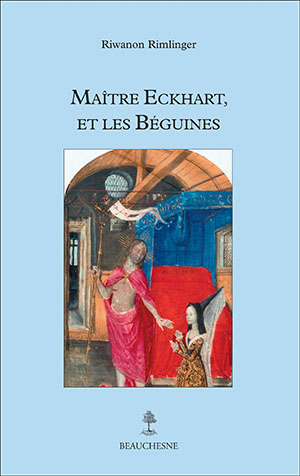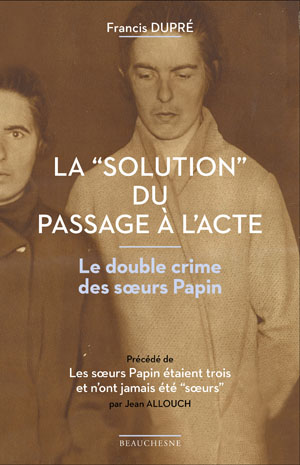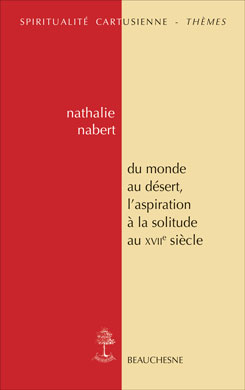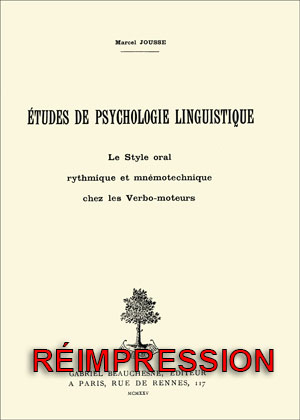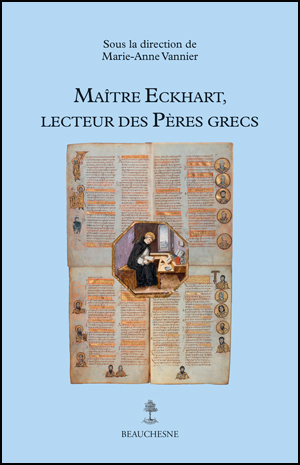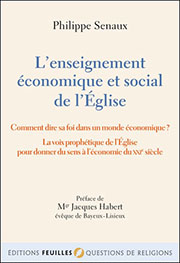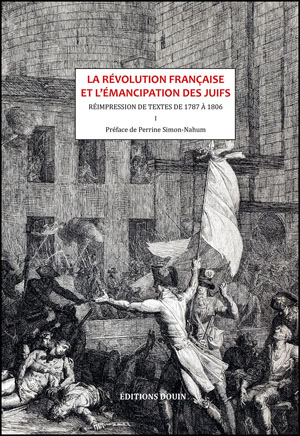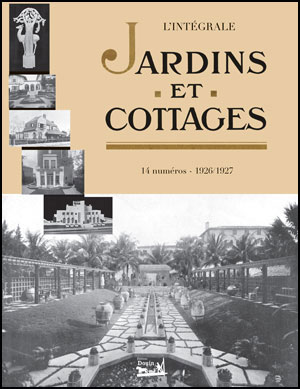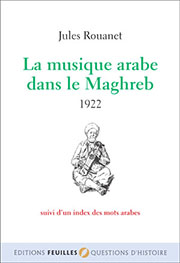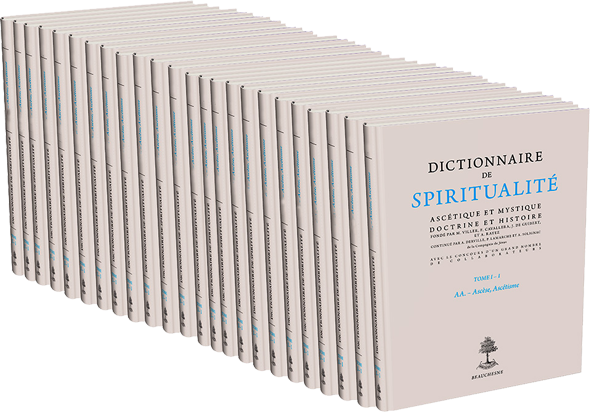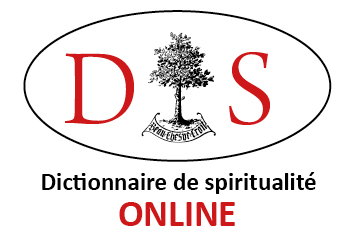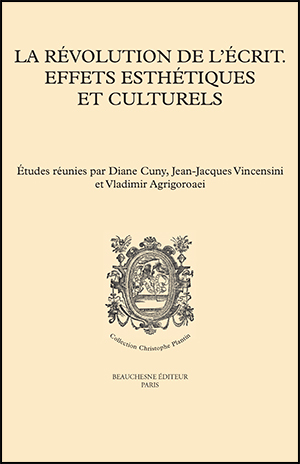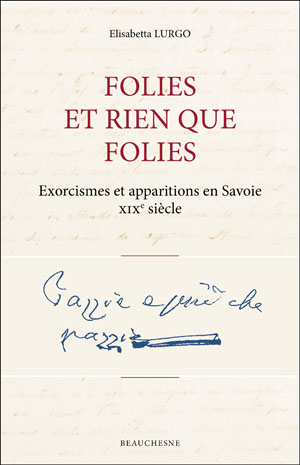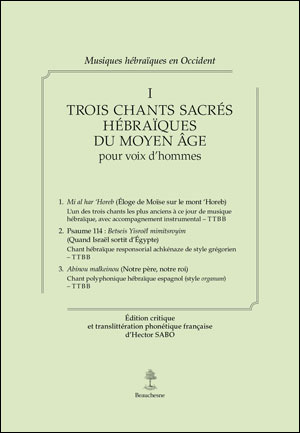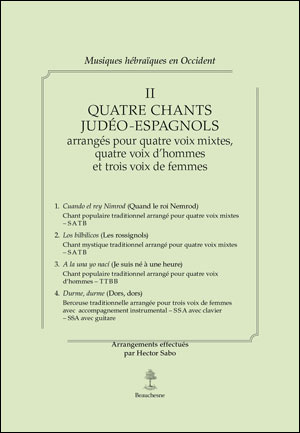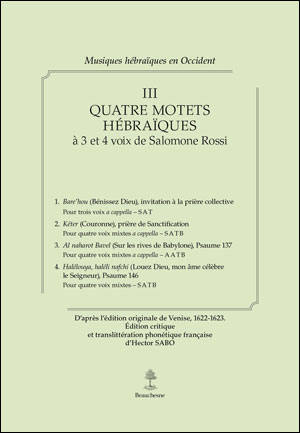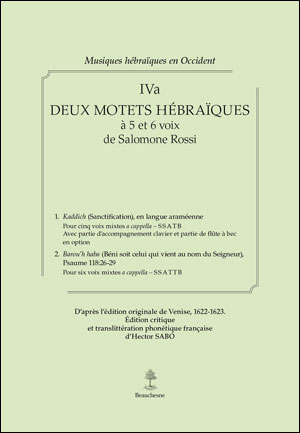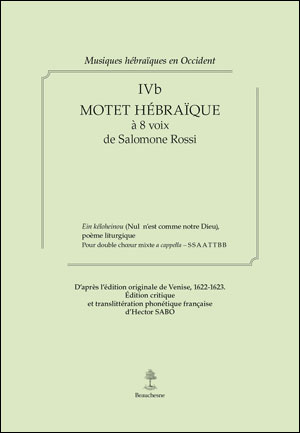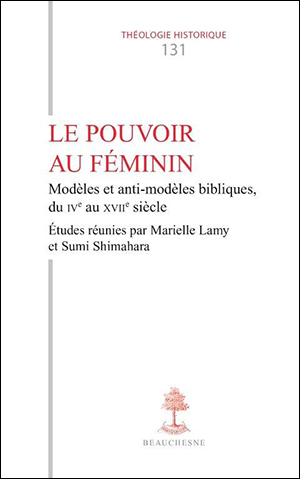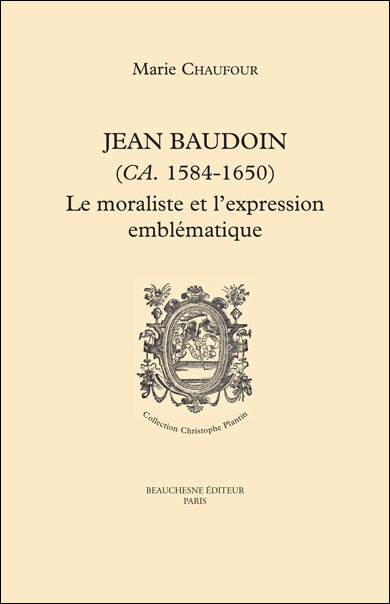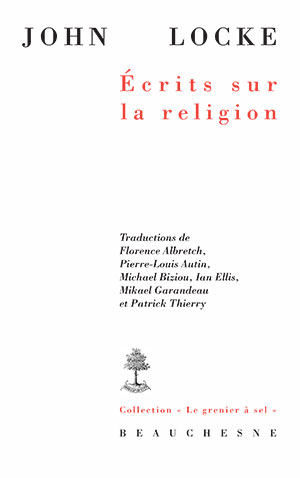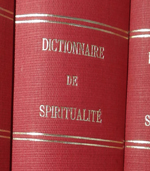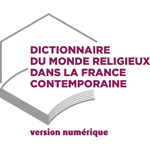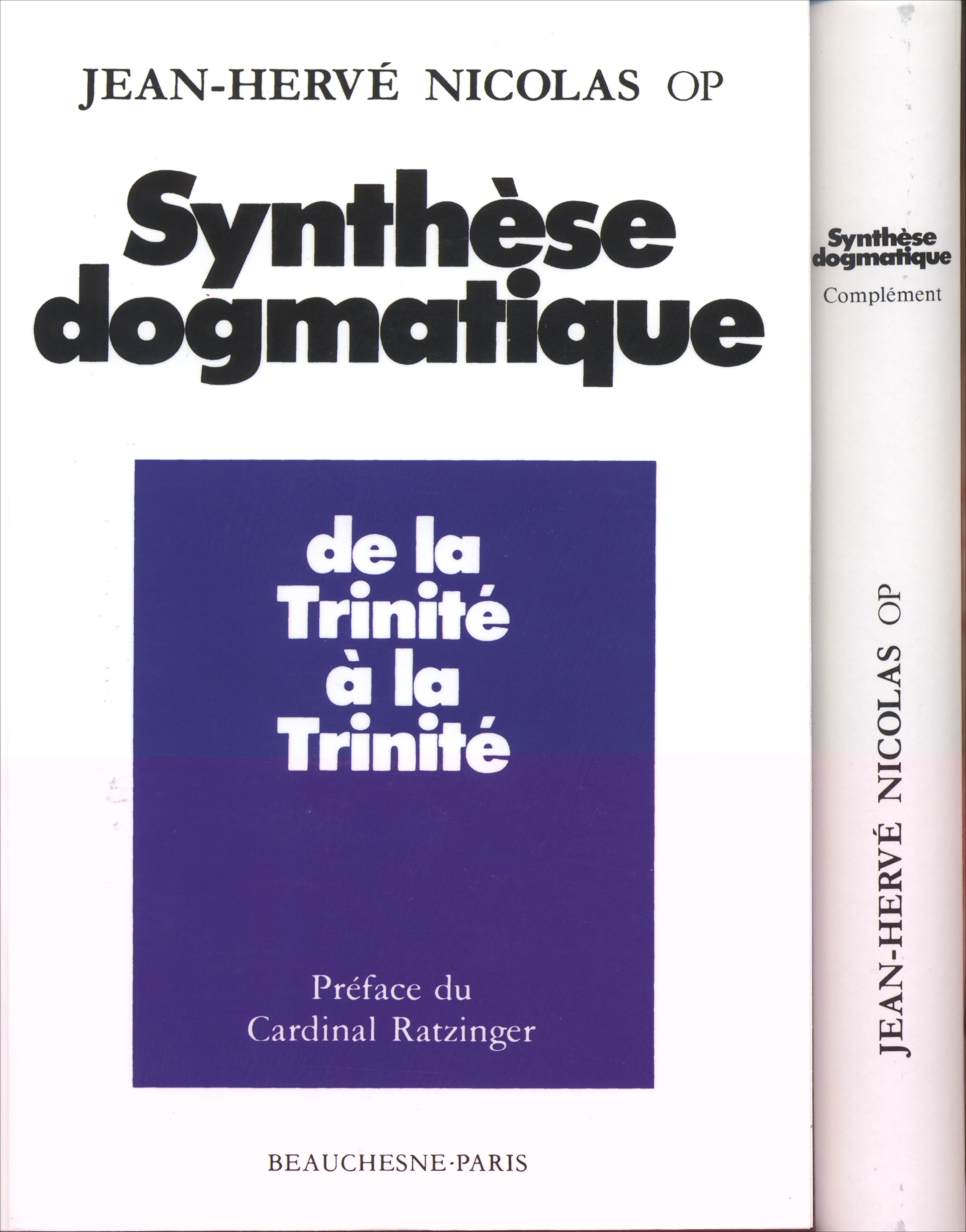399.00 €
BIBLE DE TOUS LES TEMPS - La collection complète (volumes 1 à 8)
Date d'ajout : mardi 05 septembre 2017
par James M. REESE
THE CATHOLIC BIBLICAL QUATERLY, 48, 1986
A short introduction by the editor of vol. 1 in the series Bible de tous les temps explains that these 20 essays, written by historians of exegesis, archaeology, and patristics, examine only certain dimensions of the history of the Bible in the Greek world during the first five or six centuries C.E. Mondésert has arranged them in an order that enables modern readers to see the many ways that Greek Christian communities utilized the Bible and to learn how its diffusion and contents influenced all segments of church life, worship, art, and theology. Each essay begins with a short abstract ; taken together these can serve as a detailed table of contents, because the book has no index. All articles are written by specialists and have bibliographical footnotes of the highest caliber.
Paul Lamarche offers a traditional reconstruction of the gradual formation of the LXX and discusses the philosophical and theological originality of this "'rereading" of the Hebrew Bible. Roger Arnaldez ex plains the high esteem in which Philo held Moses' seeing the Torah as the key to all philosophy. Philo wrote to make the Torah into a system appealing to Hellenists. Jacques Gilbert reftects on how Christian Scriptures came into being. They were primarily commentaries on Jewish Scripture in the light of the tradition of Jesus as handed on by the early church under the guidance of the Holy Spirit. To illustrate the use of Scripture for teaching and liturgical celebration, Willy Rordorf provides detailed information in the form of citations from patristic sources showing how freely the Bible was cited. He concludes that it was omnipresent in the life of Christians. In a detailed survey of the eucharistic prayers from Greek communities, Irénée-Henri Dalmas explains that they were proclamations of the victory of Christ through his death and resurrection. The Fathers from Cappadocia drew most heavily upon biblical teaching to exalt orthodoxy against Arian influence.
In investigating conflicts between Jews and Christians, Marcel Simon uncovers noteworthy techniques. The most heated exchanges centered on questions of authenticity and methods of interpretation and application. Christian apologists argued that Jewish Scriptures could be understood only in relation to the NT. Alain Le Boulluec provides a sampling of approaches to the Bible that prevailed among marginal and heretical Christian groups, especially Marcionites and Gnostics ; he points out their impact upon the development of exegesis. Using the writings of Origen, Marcel Borret reconstructs in detail the sarcastic polemic of Celsus, who mocked Christian belief as an impoverishment of paganism, both in doctrine and in expression. His attacks led Christians to assert the coherence of the Bible.
Four articles center on individual patristic commentators. Eric Osborn begins his study of Clement of Alexandria by showing that he quoted the Bible over 8,000 times. Clement's goal was to construct a system of morality based on biblical categories but informed by the Platonic imitation-of-God theme. Maurice Jourjon summarizes how the original readers of Irenaeus would have understood his writings about God's pedagogy and salvation by word and spirit. Relying on the many bibliographical details found in the writings of Gregory of Nazianzen, Paul Gallay gives an enthusiastic account of his scriptural formation, method of exegesis, and view of inspiration and canon. More important in the history of orthodoxy are the commentaries of Theodoret of Cyr, who believed that the LXX was inspired. Jean-Noël Guinot illustrates his original and vigorous exegetical method that integrated the literal, figurative, and typological senses of Scripture.
Victor Saxer gives a summary of his studies on the early Acts of the Martyrs. He illustrates to what extent they drew upon biblical roots for expressing motives to engage in combat against "the prince of darkness." Denis Feissel shows that biblical citations from Greek inscriptions are extremely limited, mostly from the Psalms. Pierre du Bourguet outlines the complex history of the use of the Bible in Christian art from the catacombs to the iconoclasts. In an illustrated article on the rock churches of Cappadocia, Nicole Thierry finds their paintings to be a reliable witness to the biblical scenes used in Oriental catechesis.
Charles Kannengiesser offers a compact study of the place of the Arian controversy in biblical interpretation, pointing out the principles involved. Gilles Dorival traces the development of biblical catenae from their origin in Greek churches in Palestine. Pilgrimages to the Holy Land became popular after the Roman empire granted Christians freedom of worship. How the Bible served as a guide book is the subject of Pierre Maraval's article. The final essay discusses liturgical use of the Bible in the Jerusalem liturgy, the first local church to develop a lectionary. Charles Renoux reconstructs its readings and rites from the extant Armenian lectionary.
The editors' introduction to vol. 4 in the series explains that the title reflects the vast scope of its 24 articles. They show how the church received and understood the Bible from the 7th cent. and what its influence was on education, institutions, and thinking. An introductory essay by Monique Duchet-Suchaux and Yves Lefèvre lists terms developed for naming, dividing, and commenting upon the Bible. The other essays are grouped into four general areas-each of which is explained in a short essay by the editors-viz., new forms of Bible study, new methods, influence on social institutions, and application to new situations.
Pierre Petitmengin opens Part 1 with a variety of soundings on the location of biblical MSS in medieval libraries. No comprehensive study exists because "the Bible was everywhere." An intricate study by Laura Light shows difficulties involved in trying to reconstruct the history of the production of the Vg, intimately linked to important monasteries. The article by Guy Lobrichon on the glossae, a new form of commentary, discusses what they were like, how they evolved, and what influence they had. Mary A. and Richard H. Rouse discuss the creation of the Latin verbal concordances, fostered by the Dominican order. Taking Great Britain as example, Micheline Larès shows the difficulty of trying to reconstruct the history of Bible translations into the vernacular tongues.
After an essay listing new methods of Bible study, especially in the monasteries, Pierre Riché opens Part III with an article on helps available for exegetes during the Age of Charlemagne. Jean Châtillon's study shows that the rational spirit flourishing in the 12th cent. gave impetus to new theological genres. This spirit continued into the 13th cent., during which the Paris theologians produced 415 commentaries. In his study of exegesis in the universities Jacques Verger explains that these commentaries were not widely distributed and that the Bible played a diminishing role in theological curricula du ring the rest of the Middle Ages. This part concludes with two diffuse articles : one on rabbinical exegesis by Aryeh Graboïs ; the other, by Jacques Dubois, on how medieval monks experienced Scripture, includes selections from the first biblical "trivial pursuits".
Part III, treating biblical influence on the medieval "universe of discourse", contains two parts, legal and pastoral. Marie-Christine Chartier opens the first part by showing that the Bible influenced rules and custom books of religious only as "a reservoir of citations and references" (p. 325). Jean Gaudemet provides information on the number of biblical references in canonical collections. Thomas M. Isbicki looks at the tropological use of the Bible by medieval canonists. Editor Pierre Riché provides examples of how civil and religious leaders appealed to the Bible.
With the help of 23 illustrations, François Garnier opens the pastoral section with a study of biblical themes in art. The popularity of the apocrypha is studied by Edina Bozoky. These writings contributed to the literature of edification. Marc van Uytfanghe shows that lives of the saints were more "accessible than the distant God of the Bible" (p. 450) and in some way became a substitute for it for most believers. Michel Zink discusses the part played by the Bible in vernacular preaching, relatively little of which remains. Jean Longère covers preaching in Latin, which demonstrated great familiarity with the Bible. Pierre-Marie Gy limits his study of the Bible and liturgy to explaining the variety of readings for Masses and the divine office in local churches and monasteries.
The final section, dealing with applications of the Bible to new problems arising in society, contains only three articles. Lester K. Little's article describing the impact of the "commercial revolution" of the 1lth cent. on European culture shows that economic changes called many back to gospel values, especially to the Bible's condemnation of greed. André Vauchez outlines the spread of confraternities and movements of piety. Although their statutes appealed to Scripture, little evidence appears that it had a profound influence on their activities. The final study of Robert E. Lerner demonstrates that ail the major evangelical and apocalyptic heresies found their inspiration and goals in the Bible. No abstracts are attached to these essays, but a bibliography of 231 works and three indexes round out this informative collection.
A short introduction by the editor of vol. 1 in the series Bible de tous les temps explains that these 20 essays, written by historians of exegesis, archaeology, and patristics, examine only certain dimensions of the history of the Bible in the Greek world during the first five or six centuries C.E. Mondésert has arranged them in an order that enables modern readers to see the many ways that Greek Christian communities utilized the Bible and to learn how its diffusion and contents influenced all segments of church life, worship, art, and theology. Each essay begins with a short abstract ; taken together these can serve as a detailed table of contents, because the book has no index. All articles are written by specialists and have bibliographical footnotes of the highest caliber.
Paul Lamarche offers a traditional reconstruction of the gradual formation of the LXX and discusses the philosophical and theological originality of this "'rereading" of the Hebrew Bible. Roger Arnaldez ex plains the high esteem in which Philo held Moses' seeing the Torah as the key to all philosophy. Philo wrote to make the Torah into a system appealing to Hellenists. Jacques Gilbert reftects on how Christian Scriptures came into being. They were primarily commentaries on Jewish Scripture in the light of the tradition of Jesus as handed on by the early church under the guidance of the Holy Spirit. To illustrate the use of Scripture for teaching and liturgical celebration, Willy Rordorf provides detailed information in the form of citations from patristic sources showing how freely the Bible was cited. He concludes that it was omnipresent in the life of Christians. In a detailed survey of the eucharistic prayers from Greek communities, Irénée-Henri Dalmas explains that they were proclamations of the victory of Christ through his death and resurrection. The Fathers from Cappadocia drew most heavily upon biblical teaching to exalt orthodoxy against Arian influence.
In investigating conflicts between Jews and Christians, Marcel Simon uncovers noteworthy techniques. The most heated exchanges centered on questions of authenticity and methods of interpretation and application. Christian apologists argued that Jewish Scriptures could be understood only in relation to the NT. Alain Le Boulluec provides a sampling of approaches to the Bible that prevailed among marginal and heretical Christian groups, especially Marcionites and Gnostics ; he points out their impact upon the development of exegesis. Using the writings of Origen, Marcel Borret reconstructs in detail the sarcastic polemic of Celsus, who mocked Christian belief as an impoverishment of paganism, both in doctrine and in expression. His attacks led Christians to assert the coherence of the Bible.
Four articles center on individual patristic commentators. Eric Osborn begins his study of Clement of Alexandria by showing that he quoted the Bible over 8,000 times. Clement's goal was to construct a system of morality based on biblical categories but informed by the Platonic imitation-of-God theme. Maurice Jourjon summarizes how the original readers of Irenaeus would have understood his writings about God's pedagogy and salvation by word and spirit. Relying on the many bibliographical details found in the writings of Gregory of Nazianzen, Paul Gallay gives an enthusiastic account of his scriptural formation, method of exegesis, and view of inspiration and canon. More important in the history of orthodoxy are the commentaries of Theodoret of Cyr, who believed that the LXX was inspired. Jean-Noël Guinot illustrates his original and vigorous exegetical method that integrated the literal, figurative, and typological senses of Scripture.
Victor Saxer gives a summary of his studies on the early Acts of the Martyrs. He illustrates to what extent they drew upon biblical roots for expressing motives to engage in combat against "the prince of darkness." Denis Feissel shows that biblical citations from Greek inscriptions are extremely limited, mostly from the Psalms. Pierre du Bourguet outlines the complex history of the use of the Bible in Christian art from the catacombs to the iconoclasts. In an illustrated article on the rock churches of Cappadocia, Nicole Thierry finds their paintings to be a reliable witness to the biblical scenes used in Oriental catechesis.
Charles Kannengiesser offers a compact study of the place of the Arian controversy in biblical interpretation, pointing out the principles involved. Gilles Dorival traces the development of biblical catenae from their origin in Greek churches in Palestine. Pilgrimages to the Holy Land became popular after the Roman empire granted Christians freedom of worship. How the Bible served as a guide book is the subject of Pierre Maraval's article. The final essay discusses liturgical use of the Bible in the Jerusalem liturgy, the first local church to develop a lectionary. Charles Renoux reconstructs its readings and rites from the extant Armenian lectionary.
The editors' introduction to vol. 4 in the series explains that the title reflects the vast scope of its 24 articles. They show how the church received and understood the Bible from the 7th cent. and what its influence was on education, institutions, and thinking. An introductory essay by Monique Duchet-Suchaux and Yves Lefèvre lists terms developed for naming, dividing, and commenting upon the Bible. The other essays are grouped into four general areas-each of which is explained in a short essay by the editors-viz., new forms of Bible study, new methods, influence on social institutions, and application to new situations.
Pierre Petitmengin opens Part 1 with a variety of soundings on the location of biblical MSS in medieval libraries. No comprehensive study exists because "the Bible was everywhere." An intricate study by Laura Light shows difficulties involved in trying to reconstruct the history of the production of the Vg, intimately linked to important monasteries. The article by Guy Lobrichon on the glossae, a new form of commentary, discusses what they were like, how they evolved, and what influence they had. Mary A. and Richard H. Rouse discuss the creation of the Latin verbal concordances, fostered by the Dominican order. Taking Great Britain as example, Micheline Larès shows the difficulty of trying to reconstruct the history of Bible translations into the vernacular tongues.
After an essay listing new methods of Bible study, especially in the monasteries, Pierre Riché opens Part III with an article on helps available for exegetes during the Age of Charlemagne. Jean Châtillon's study shows that the rational spirit flourishing in the 12th cent. gave impetus to new theological genres. This spirit continued into the 13th cent., during which the Paris theologians produced 415 commentaries. In his study of exegesis in the universities Jacques Verger explains that these commentaries were not widely distributed and that the Bible played a diminishing role in theological curricula du ring the rest of the Middle Ages. This part concludes with two diffuse articles : one on rabbinical exegesis by Aryeh Graboïs ; the other, by Jacques Dubois, on how medieval monks experienced Scripture, includes selections from the first biblical "trivial pursuits".
Part III, treating biblical influence on the medieval "universe of discourse", contains two parts, legal and pastoral. Marie-Christine Chartier opens the first part by showing that the Bible influenced rules and custom books of religious only as "a reservoir of citations and references" (p. 325). Jean Gaudemet provides information on the number of biblical references in canonical collections. Thomas M. Isbicki looks at the tropological use of the Bible by medieval canonists. Editor Pierre Riché provides examples of how civil and religious leaders appealed to the Bible.
With the help of 23 illustrations, François Garnier opens the pastoral section with a study of biblical themes in art. The popularity of the apocrypha is studied by Edina Bozoky. These writings contributed to the literature of edification. Marc van Uytfanghe shows that lives of the saints were more "accessible than the distant God of the Bible" (p. 450) and in some way became a substitute for it for most believers. Michel Zink discusses the part played by the Bible in vernacular preaching, relatively little of which remains. Jean Longère covers preaching in Latin, which demonstrated great familiarity with the Bible. Pierre-Marie Gy limits his study of the Bible and liturgy to explaining the variety of readings for Masses and the divine office in local churches and monasteries.
The final section, dealing with applications of the Bible to new problems arising in society, contains only three articles. Lester K. Little's article describing the impact of the "commercial revolution" of the 1lth cent. on European culture shows that economic changes called many back to gospel values, especially to the Bible's condemnation of greed. André Vauchez outlines the spread of confraternities and movements of piety. Although their statutes appealed to Scripture, little evidence appears that it had a profound influence on their activities. The final study of Robert E. Lerner demonstrates that ail the major evangelical and apocalyptic heresies found their inspiration and goals in the Bible. No abstracts are attached to these essays, but a bibliography of 231 works and three indexes round out this informative collection.
Moteur de recherche www.editions-beauchesne.com
Le moteur peut rechercher dans différents champs :
- Un nom d’auteur (AUTEUR)
- Un mot du titre (TITRE)
- Un ISBN
- Un mot du texte de présentation (TEXTE)
- Un mot du sommaire ou de la table des matières (SOMMAIRE).
La recherche dans les champs TEXTE et SOMMAIRE peut être un peu longue.
En cliquant sur un resultat la fiche du livre correspondant s'ouvre dans un nouvel onglet.
Search engine www.editions-beauchesne.com
The engine can search in different fields:
- An author's name (AUTEUR)
- A word from the title (TITRE)
- An ISBN
- A word from the presentation text (TEXTE)
- A word from the summary or the table of contents (SOMMAIRE).
The search in the TEXTE and SOMMAIRE fields may take some time.
Clicking on a result open the book's sheet in a new tab.

